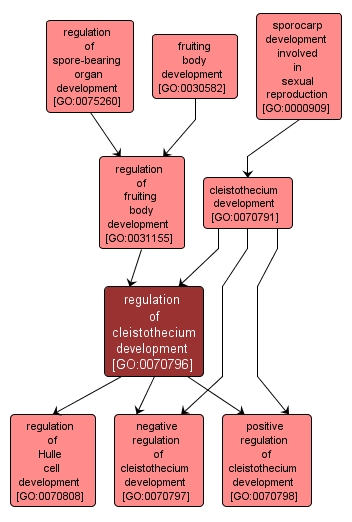| Desc: |
Any process that modulates the frequency, rate or extent of cleistothecium development, a process that leads to the formation of a cleistothecium. The cleistothecium is a closed sexual fruiting body that contains ascospores in linear asci, characteristic of some filamentous Ascomycete fungi such as members of the genera Aspergillus and Emericella. |














